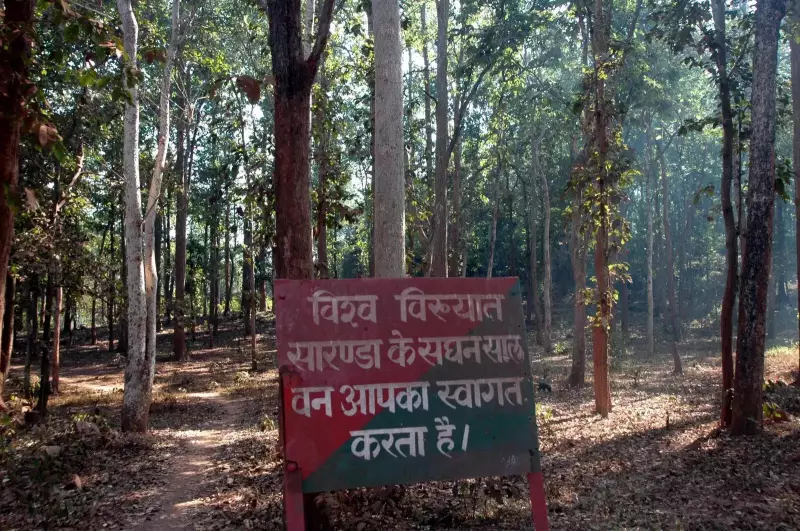
In a significant environmental move, the Jharkhand government has unveiled plans to designate a substantial 250 square kilometer area of the renowned Saranda forest as a protected sanctuary. This ambitious proposal marks a crucial step toward preserving one of India's most ecologically rich regions while navigating complex tribal rights issues.
Conservation Meets Community Concerns
The forest department's proposal comes amid growing concerns from tribal communities whose livelihoods and cultural practices are deeply intertwined with the forest ecosystem. Local tribal groups have expressed apprehension about potential restrictions on their traditional access to forest resources, setting the stage for a delicate balancing act between conservation and community rights.
Saranda's Ecological Significance
Saranda forest, often called the "Queen of Sal Forests," represents one of Asia's most extensive and pristine Sal forests. This biodiversity hotspot supports:
- Rich populations of elephants, leopards, and sloth bears
- Numerous endemic plant species
- Critical watershed areas feeding local rivers
- Unique microclimates supporting diverse ecosystems
Government's Dual Approach
The state administration appears committed to addressing both environmental and social dimensions of this initiative. Officials emphasize that the sanctuary status will enhance protection against illegal mining, logging, and poaching activities that have threatened the forest's integrity in recent years.
Environmental activists have largely welcomed the proposal, noting that formal protected status could provide stronger legal safeguards for Saranda's fragile ecosystems. However, they caution that implementation must be sensitive to the needs of forest-dwelling communities.
Navigating Tribal Rights and Livelihoods
The proposal's success may hinge on effectively addressing tribal community concerns. Traditional forest dwellers rely on Saranda for:
- Non-timber forest products collection
- Cultural and spiritual practices
- Traditional agricultural activities
- Medicinal plant harvesting
State officials have indicated that the final sanctuary plan will incorporate provisions for sustainable community access, though specific details remain under discussion. The government faces the challenge of creating a model that protects both the forest's ecological wealth and the cultural heritage of its indigenous inhabitants.
This development represents a critical test case for India's broader efforts to balance environmental conservation with the rights of forest-dependent communities under existing forest rights legislation.





